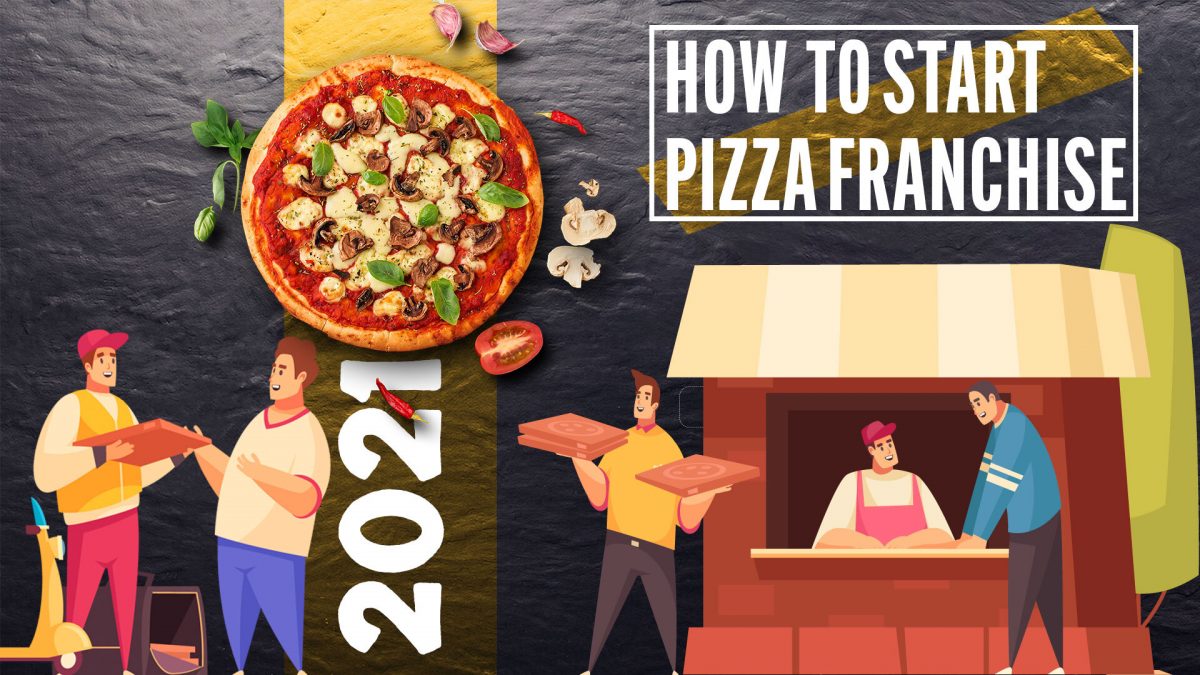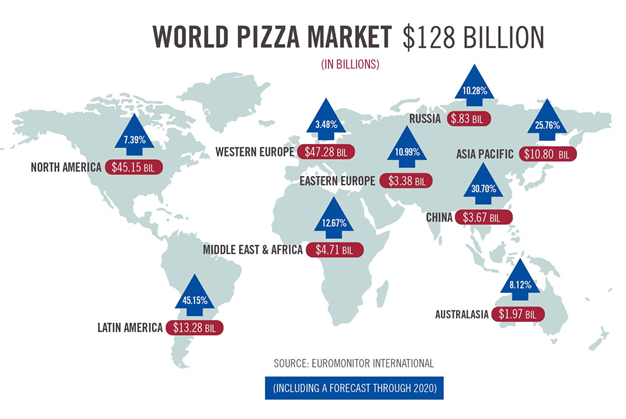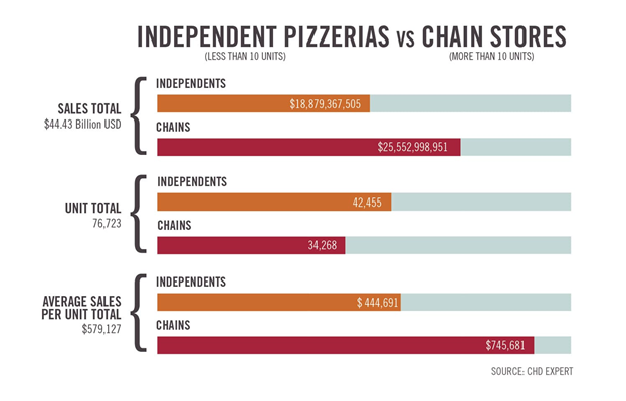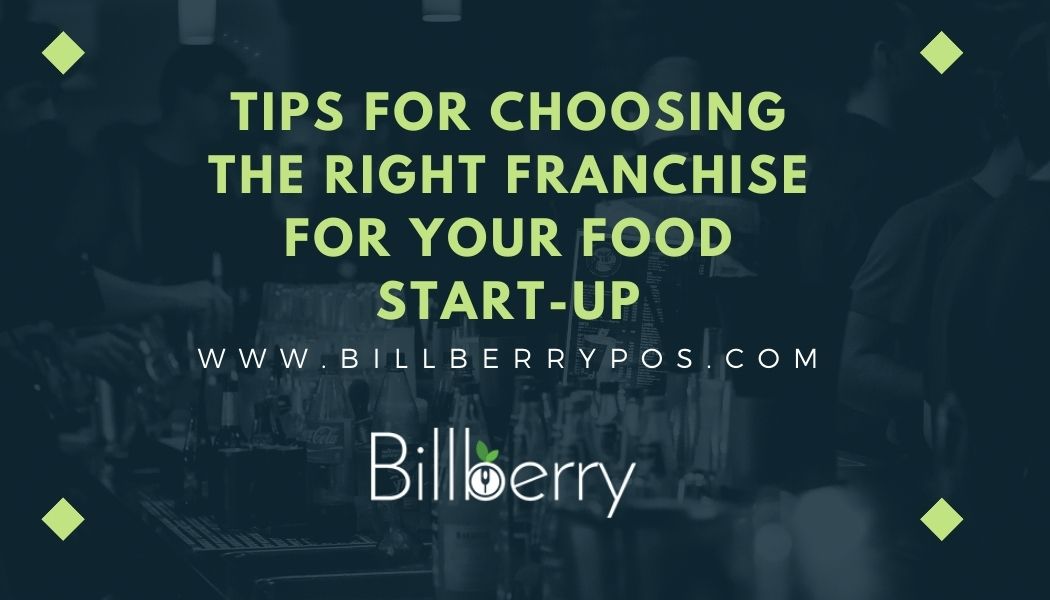If you’ve been wanting to open a restaurant for a long time, it is time to sit down and make a strategy for the restaurant business.
To assist you in creating a successful restaurant business model, we’ve compiled a list of 13 tips to ensure you have everything you need to launch your restaurant business.
Before everything, we recommend you to get a restaurant management system for having a smooth start.
Now, let’s move forward. We have split the list into two categories.
1. Physical Aspects
2. Virtual Aspects
Physical Aspects
1. Pleasing Restaurant Entrance
A restaurant entrance design is the first thing that comes to your customers’ notice while entering the restaurant.
It is important to provide a soothing, appealing, and welcoming experience that creates a pleasing aura for the visitors.
According to current restaurant business trends, your restaurant’s name or logo must be properly visible and creative enough to stay in your customers’ memory for a long period of time.
You can look for restaurant entrance ideas on the internet to stay ahead of the competition.
Also, make sure that the entrance perfectly blends with the theme of your restaurant.
Even if it requires restaurant renovation, go for it.
2. Unique Restaurant Logo
A restaurant logo helps you create a unique image for your customers and to make them remember your service and food.
Image visiting several different restaurants having no name or logo.
It will be difficult for you to remember which restaurant served you the best Matar Paneer and which one served you the best Tandoori Chicken.
Your logo or brand name plays a huge part in creating a memory in your customer’s head.
Your restaurant business structure must consider providing customers with quality service and tasty food is surely going to make you retain your customers for long.
Restaurant Management System – Free Demo
Attracting new customers and turning them into loyal ones is the major restaurant business requirement to become a successful restaurant business.
Food business is considered among the most competitive businesses in the market therefore in this continuously evolving and highly competing market it is important to create something unique and exciting at the same time.
Creating a logo that is unique, professional, and memorable is the key.
Hiring highly experienced designers to get better restaurant logo ideas is advised to walk a step ahead of your competitors.
A solid restaurant logo design and a well-thought-out branding plan may catapult your restaurant business to new heights.
3. Highly Experienced Chef
Along with the best restaurant management software, restaurant chefs with top-notch experience and skills play a vital part in the success of a restaurant business.
Serving your customers tasty and satisfying food increases customers’ interest and loyalty side by side.
Your restaurant business management should consider the following characteristics while hiring a chef for your restaurant business.
Characteristics of a Skillful Chef
a. Able to Mix and Match Cooking Skills and Knowledge
A professional and experienced chef knows how to imply tested techniques to create the best dishes.
Knowing wide number of recipes is appreciated but it is not going to work as long as the chef doesn’t know how to apply them to create mouthwatering dishes for your customers.
Therefore, he must be skilled enough to mix and match his cooking knowledge and obtain the optimum results that satisfies the customers to the core.
A restaurant billing software that enables customers to add variations to their favourite dishes also increases customer retention and provides flexibility to the chef of creating new and exciting dishes.
The POS software also helps you with menu engineering to maximize your restaurant’s profits.
b. Enthusiasm of Trying New Things
He should be enthusiastic enough to get out of his comfort zone and try new recipes that are appreciated by the customers rather than sticking to the same defined dishes that are being prepared for a long time.
A chef’s daily tasks and routine provides him endless amount of innovative alternative that shouldn’t be overlooked.
c. Working Under Pressure
In the most chaotic environment that a busy restaurant offers, keeping yourself cool is a vital ability.
What matters is that the chef has measures in place to keep himself focused and calm.
While recruiting as an owner, you must ask about how the prospect handles pressure at work to determine if he would be a suitable fit for the challenging role.
A skilled chef also knows how to manage other kitchen staff and get along with them because a proficient team saves time and makes it easy to achieve desired results.
d. Being Passionate
Passion always plays an important role in even the most ordinary tasks.
For a chef to be successful, he must be passionate about the profession.
Being a chef necessitates a great deal of dedication and hard work.
It’s crucial to keep up with the trends by learning new techniques and recipes.
e. Dealing With Criticism
People are going to give their opinions every time and it is not necessary that everyone would provide a positive remark.
Even the greatest chefs have faced a lot of criticism but they have used it to hone their skills instead of letting it put them apart.
You can’t ignore what others have to say; rather, choose to learn out of it and improve upon it in the future.
f. Willing to Prepare the Best Every time
An experienced chef never misses an opportunity to impress their customers by providing them with the best possible dishes every time they cook.
A professional chef takes care of everything, from selecting the finest ingredients to employing the most cutting-edge techniques.
Restaurant Management System – Free Demo
4. Choosing a Proper Color Scheme
A proper color scheme at a restaurant creates a pleasant atmosphere for the customers.
Restaurant interior colors with warmer-tone obtained higher satisfaction scores, according to a study on interior colors.
It is critical to examine how you want your guests to feel when they dine at your restaurant.
The vital ingredients other than the color scheme include setting up perfect music and lighting that enhances customers’ experience and brings a positive effect for your business.
5. Appropriate Lighting
Most restaurants are filled with vibrant colors and bright lighting.
Because higher color temperature lighting generates a brighter white light, making everything appear more enticing to the customer’s eye.
A recent study discovered that people who ate their meals in brighter lighting ate more food and had a better eating experience.
Dimmer restaurant lighting, on the other hand, might produce a more peaceful and serene atmosphere.
Finding a happy medium in restaurant lighting can be a major challenge because colors can boost or depress a customer’s interest.
Another interesting study on appetite for food found that women’s appetites tended to be lower than men’s when the food was illuminated with blue and green lights.
It should be a selection that is made after careful consideration.
6. Play Soothing Music
The restaurant industry has evolved dramatically throughout the years.
In this day and age, using a quality restaurant music system is a must because the majority of people who go to a restaurant expect to hear soothing music as they enjoy their meal.
Restaurant music that makes customers feel hurried and rushed is never advised, but if your business requires a high turnover to maintain profits, faster-paced music can help you out because studies reveal that people eat faster when they are listening to faster-paced music.
The effect you desire on your visitors should influence the tempo of your restaurant music.
Restaurant Management System – Free Demo
7. Right Blend of Tables
I’m sure you’ve had at least one unpleasant dining experience at a restaurant with inadequate tables and uncomfortable chairs.
Restaurant furniture layout is vital since every customer wants to sit comfortably while eating their favorite cuisine.
As a result, we felt compelled to emphasize the importance of considering a restaurant’s furniture arrangement.
a. Furniture Quality
Purchasing quality restaurant tables and other furniture can increase your restaurant business expenses but always remember that a decent furniture setup is an investment that will pay off in the long run.
Avoid using furniture that quickly loses its colour or is difficult to clean.
The ease with which a piece of furniture can be wiped down or cleaned is a sign of its quality.
b. Furniture Shape and Style
Many restaurants offer two-person tables, which are ideal for couple dining.
These tiny tables save space, limit restaurant business costs, and are ideal for adding one or more extensions to accommodate larger gatherings, whereas round tables take up more space but also stimulate conversation among people enhancing the dining experience.
8. Restroom Maintenance
Customers expect a whole dining experience, including pristine dishes and sanitary facilities.
According to studies, more than 80% of customers would avoid eating at a restaurant with a filthy restroom.
In public restrooms, cleaning with soaps and detergents without the use of disinfectants can spread bacteria and viruses throughout the facility.
Customers frequently assume the cleanliness of the restaurants’ restroom for the cleanliness of the entire restaurant facility.
Restaurants that invest in restroom cleanliness will see an abiding return on their investment by improving customer satisfaction.
9. Ventilation System
Maintaining optimum restaurant ventilation is critical for safe food preparation and storage, visitors’ comfort, and the health of employees.
Restaurants can be challenging places to work since they are frequently packed with excess smoke, moisture, and heat.
Surface contamination of Coronavirus (COVID-19) is also reduced by proper ventilation because virus particles are removed from the air before they can settle on surfaces.
Other proper ventilation benefits can be:
Restaurant Ventilation Benefits
a. Keeping It Cool
Restaurant kitchens are hot due to the frequent use of stoves and other cooking equipment.
By eliminating heat and pulling in a steady supply of cool air, a proper ventilation system helps provide cooling and lowers the overall kitchen temperature.
b. Improved Air Quality
While cooking, hazardous gases such as carbon monoxide can be produced.
A ventilation system can eliminate dangerous gases and improve overall air quality, allowing people to work in a more comfortable atmosphere.
c. Eliminates Odors
Customers may be turned off by the smell of raw materials, ingredients, and prepared food.
A properly functioning ventilation system eliminates odors and aids in the creation of a pleasant environment for both customers and employees.
10. Understanding Targeted Customers
Begin by studying your customers for a short period and compiling a methodical customer database.
Take notes on how people utilize your services and collect feedback to improve customer experience.
Offer your customers a complimentary drink in exchange for completing a quick survey.
While observing, make sure you don’t create an uneasy atmosphere for your customers.
Virtual Aspects
11. Creating Your Own Website
Taking your restaurant business online and having a solid web presence is a must in these modern times.
Your website can act as a very successful marketing tool providing a variety of advantages.
Listed below are a few benefits of having your own website for the restaurant business.
Benefits of Having Your Own Website For Restaurant Business
a. Brand Awareness
The statistics reveal that e-commerce is gaining traction across the globe, with customers making a shift to ordering almost everything online.
Having your own website can significantly increase your brand awareness.
It also helps you expand your reach to a wider audience.
b. Building Trust
New customers are interested in learning more about your restaurant’s history, specialties, and other information.
People can discover more about your company by visiting your website from the comfort of their homes.
c. Easy Contact and Support
A website allows clients to easily contact you, place orders online, and receive immediate service.
d. Online Selling
Create a virtual store as an alternative to the storefront to provide your loyal customers with comfort and ease.
It is also a great opportunity to increase your sales since your audience got much wider.
e. Share Latest Offers and News
You may keep your website up to date whenever there are any new offerings or changes in your restaurant’s operations.
Customers enjoy it when you provide them with timely information.
f. Understanding Your Customers
Your website helps you gather information about your customers’ tastes and preferences which you can later use to provide them with their exact desires and need.
g. Blog Posting
Capture people’s attention by sharing relevant and entertaining material surrounding your business on a frequent basis.
You can explore and cover a wide range of topics to ensure that you appear in your clients’ feeds on a regular basis.
h. More Options to Connect
Providing customers with more options is always appreciated.
Customers have greater freedom and interaction with your business when they have multiple ways to connect, which is extremely vital in today’s world.
12. Promoting On Social Media Platforms
Social media has grown like crazy in the past few years.
Everybody has a cellphone in their hand having at least 3 social media applications on their device that take up most of their time throughout a day.
With time social media has gotten it’s grip on the commercial sector too.
People have figured out that it can be a great tool for marketing their product or service considering a large amount of increase in the number of people on social media platforms every day.
Social media marketing activities are proved to have a positive influence on customer loyalty and become influential to the point where almost every business is planning around it in order to maximize their gains through it.
13. Use The Right POS System
With the surge in restaurant business opportunities lately, restaurants require POS system that can assist in overcoming obstacles mostly because they confront distinct operational issues than other related businesses.
Billberry POS system is also a software for inventory management helping employees perform their tasks and responsibilities efficiently, so that they can deliver a finer experience to customers, resulting in more sales.
A restaurant POS is specifically developed to assist in the effective operation of the business.
In case you decide to own a franchise from a well established brand then you would require the best franchise software to manage all your operations.
Conclusion
The steps stated above will assist you in successfully running your restaurant.
Keep an eye on your employees’ well-being and give them with required training.
It will aid in the expansion of your company over time.
Also, try seeing your restaurant through the eyes of a customer.
This will provide you with a fresh perspective and help you better understand your restaurant business.











